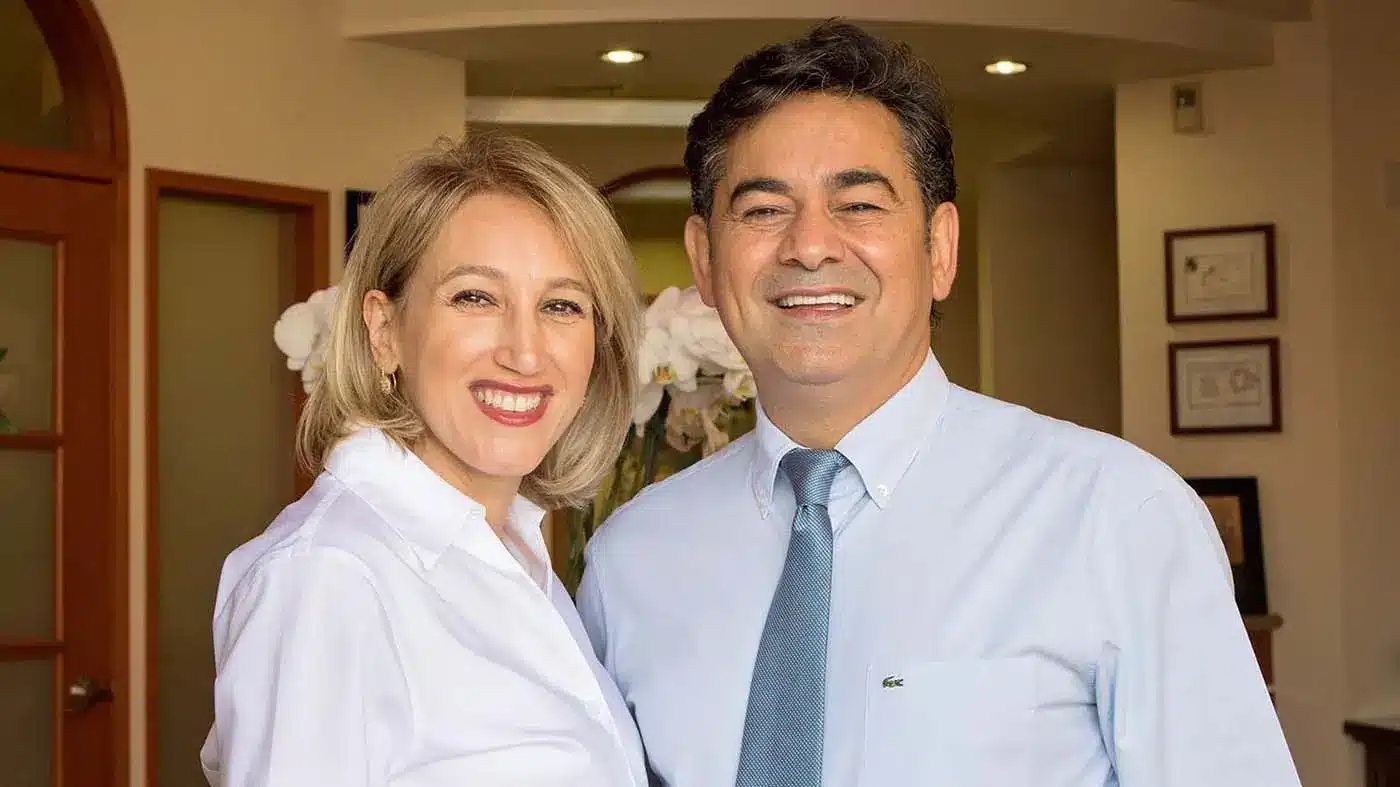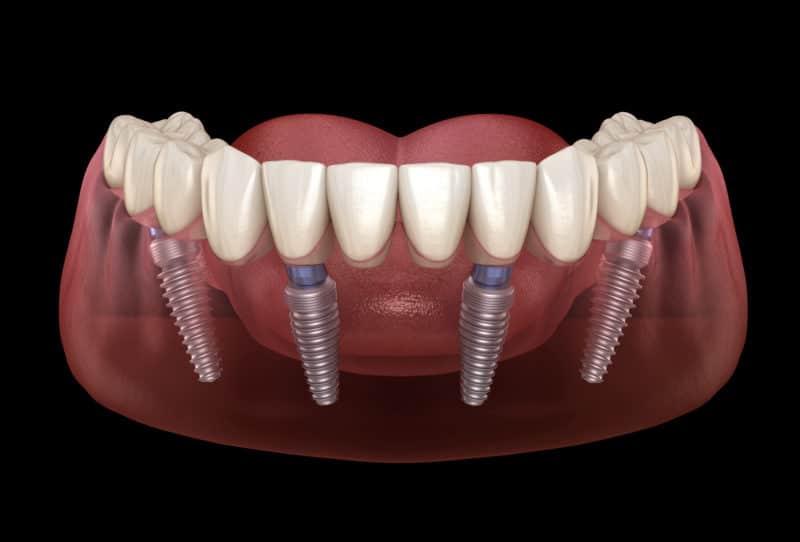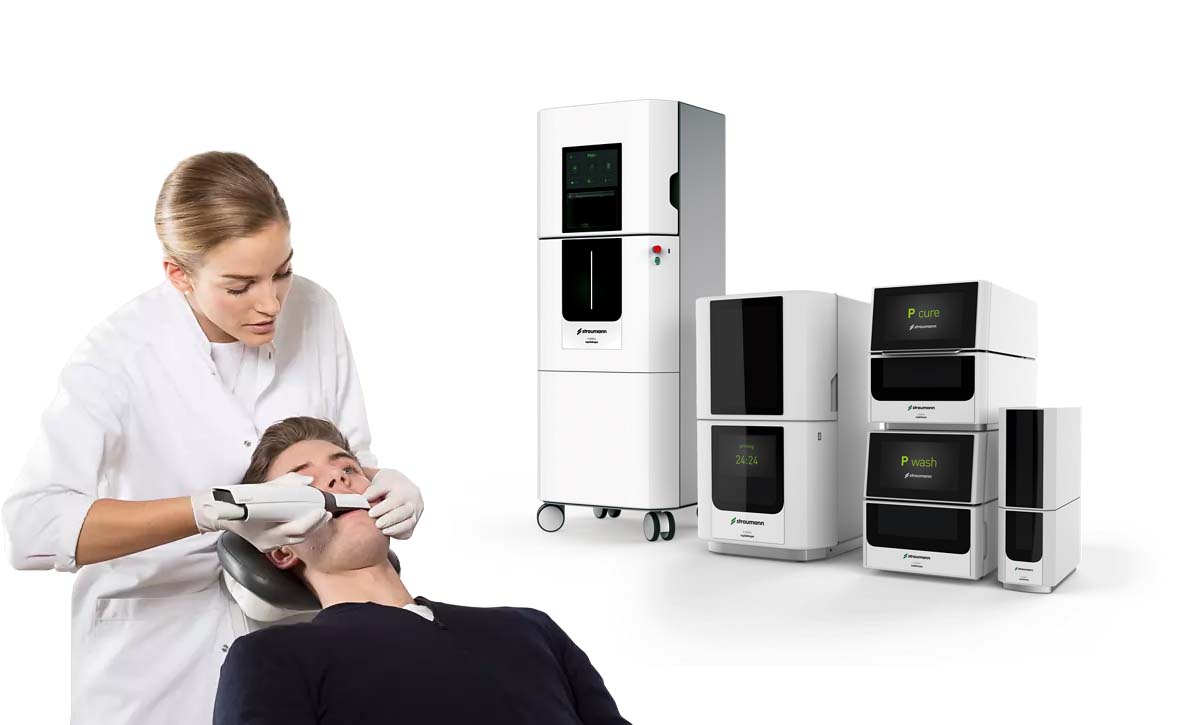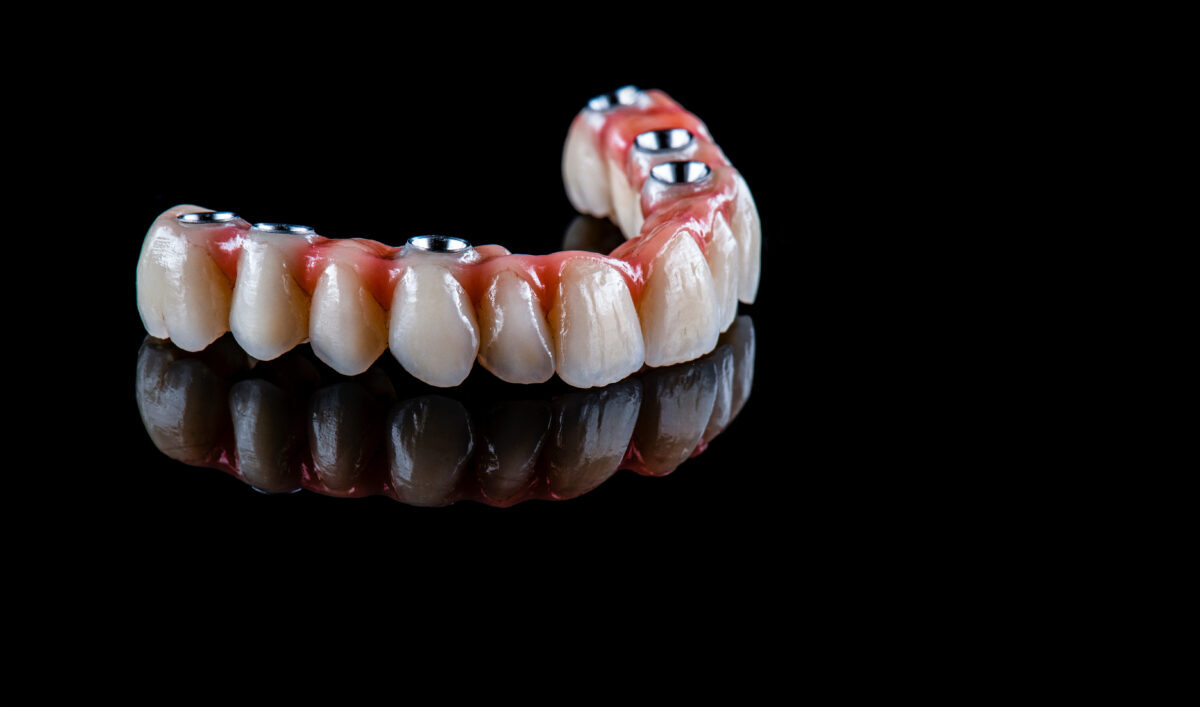When you experience any inflammation that affects the soft and hard gum tissue surrounding dental implants, you should contact Southland Dental Care, Los Angeles Periodontist.
This inflammation can indicate a peri-implant disease. Bacteria builds up at the base of the implant. This build-up typically happens below the gum line and ensures you should find a periodontist.
This bacteria can inflame the gum tissue, permanently damage the gum tissue, or even deteriorate bone structure below the implant. Peri-implant diseases can be classified as peri-implant mucositis or peri-implantitis. When the gum inflammation is located in the soft tissue of the dental implant, it is called peri-implant mucositis. Peri-implant mucositis shows no sign of bone loss.
However, redness, swelling, and generalized inflammation will be present when experiencing peri-implant mucositis. These symptoms are similar to gingivitis but are restricted to the soft tissue area. Many periodontists will refer to peri-implant mucositis as implant gingivitis.
Peri-implant mucositis happens before peri-implantitis and can be treated successfully without surgery if it is caught early. Peri-implantitis is also inflammation located in the soft tissue surrounding the dental implant, but deterioration in the bone of the implant is evident.
Surgery is required if a patient develops peri-implantitis and should find a periodontist. Peri-implantitis is caused by a variety of factors including excess cement, bacteria, occlusal stress, or a combination of these.
The first sign of peri-implantitis is a crevice develops around the implant. This bacteria can create an infection that can lead to bone loss.
Peri-implantitis is unique because it typically cannot be detected by traditional radiographs in the early stages.
A periodontist Los Angeles will utilize a particular type of technology referred to as CBCT. CBCT stands for cone-beam computed tomography. This type of technology is used to identify the lesions around the implant.
Whether a person develops peri-implantitis or peri-implant mucositis, either issue can cause implant failure if left untreated.
Both of these peri-implant diseases can be severe and scary, but a periodontist can help lower the risk. He or she will first identify risk factors. These risk factors include previous periodontal disease, residual cement from restorations, smoking, diabetes, genetic factors, poor oral hygiene, and occlusal overload.
Once the risk factors have been identified, the periodontist will create a treatment plan based on these factors. A periodontist will also use dental history to aid in the creation of a treatment plan.
A good history will include the date of the placement of the implant, the type of implant, coronal design, and who manufactured the implant. When viewing the history, a periodontist Los Angeles will also determine if screws or cement were used for the implant.
One of the key measures to prevent peri-implant disease is to shorten the time between implant maintenance visits and to follow your periodontist’s instructions. However, prevention is the most effective way to prevent peri-implants disease.
If you want to find a periodontist, contact Southland Dental Care at 818-788-8787 today for a dental consultation. Financing and low monthly payments are available.














